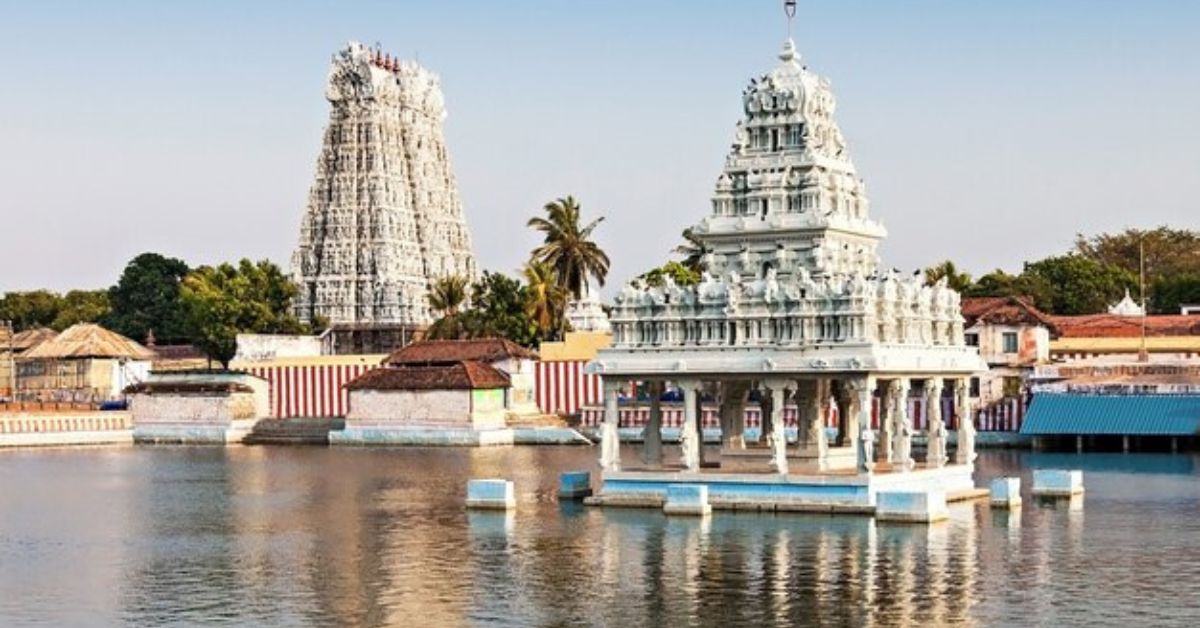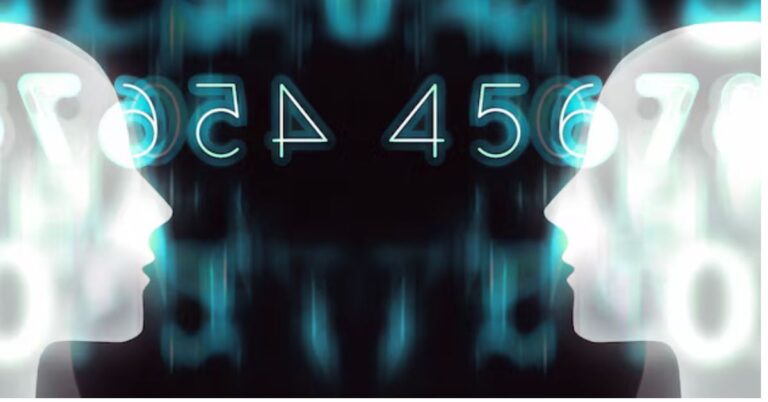Exploring the Beauty of Tamil Kavithai: The Essence of Tamil Poetry
Tamil Kavithai, or Tamil poetry, holds an esteemed position in the cultural and literary heritage of Tamil Nadu and the larger Tamil-speaking world. Rooted in thousands of years of history, Tamil poetry has evolved into a sophisticated art form that reflects the rich traditions, emotions, and philosophies of Tamil-speaking people. From the ancient Sangam period to contemporary forms, Tamil Kavithai has continued to grow in both its scope and significance.
The Historical Roots of Tamil Kavithai
Tamil poetry traces its origins to the Sangam literature, which is among the oldest collections of poetry in the world. Dating back to as early as 300 BCE, the Sangam poets composed their works in a variety of poetic forms, each intended to evoke a different emotion or convey a specific idea. These poems were not just artistic expressions; they were deeply intertwined with Tamil society, religion, culture, and everyday life. The Sangam poets wrote about themes such as love, war, valor, nature, and the complexities of human relationships.
The influence of these ancient texts is still evident in modern Tamil poetry. Even today, Tamil poets draw upon the structures, themes, and aesthetics of the Sangam literature. Tamil Kavithai has, over the centuries, remained a profound and versatile mode of expression that reflects the evolving socio-political, philosophical, and cultural landscape of Tamil society.
The Language and Structure of Tamil Kavithai
Tamil Kavithai is not just a form of artistic expression; it is deeply rooted in the linguistic structure of Tamil. The language itself is known for its rich phonetics and cadence, which give Tamil poetry its unique rhythm and flow. The language has a vast range of vocabulary that allows poets to express nuanced emotions and concepts. This is one of the reasons why Tamil Kavithai continues to be such a powerful and evocative medium.
One of the defining features of Tamil Kavithai is its strict adherence to metrical forms, even in contemporary poetry. Classical Tamil poetry follows an intricate system of meter, where the number of syllables in each line is strictly regulated. There are many different metrical forms in Tamil poetry, each with its own unique rhythm and pattern. This metrical precision is a distinguishing feature of Tamil Kavithai and requires poets to possess not only a deep understanding of the language but also a mastery of the intricate rhythms of Tamil verse.
In addition to meter, Tamil Kavithai also relies on various rhetorical devices like metaphor, simile, personification, and allusion. These devices help to enhance the emotional and intellectual impact of the poems. The use of these devices has been a hallmark of Tamil poetry since the Sangam period and continues to be a vital part of the modern poetic tradition.
Themes in Tamil Kavithai
The themes explored in Tamil Kavithai are as diverse and expansive as the language itself. While love and beauty remain central themes, Tamil poetry is also concerned with social justice, spirituality, nature, and the complexities of human existence. These themes often overlap and intertwine, reflecting the multifaceted nature of human life.
Love and Romance: Love is one of the most enduring themes in Tamil Kavithai, and this theme has its roots in the Sangam period. Love in Tamil poetry is not just a personal emotion but also a reflection of the societal and cultural context in which it is experienced. Poems of the Sangam period frequently explored the tension between separation and reunion, the longing for a loved one, and the beauty of love that transcends time and space. These themes of love continue to be explored in contemporary Tamil Kavithai as well, often through the lens of modern relationships.
Nature and the Environment: Nature plays a significant role in Tamil poetry, often serving as both a backdrop and a metaphor for the human experience. Poets frequently use the imagery of the natural world—such as the monsoon rains, the flowering of trees, or the vastness of the sky—to reflect on human emotions. In the ancient Sangam works, nature was often seen as an extension of human emotions, with the changing seasons or the behavior of animals mirroring the moods of the human heart. This connection between human emotions and nature continues to be a central feature of Tamil Kavithai.
Philosophy and Spirituality: Tamil Kavithai also delves into deeper philosophical and spiritual themes. Many poets explore the complexities of existence, the search for meaning, and the quest for inner peace. The works of famous Tamil poets like Thiruvalluvar (author of the Tirukkural) emphasize ethical values and human virtues, offering wisdom on how to live a righteous and meaningful life. These works are revered not just for their poetic beauty but also for their profound insights into life and the universe.
Social Issues and Justice: Tamil poetry has long been used as a tool for social commentary. From the ancient period to modern times, poets have used their craft to speak out against injustice, inequality, and oppression. Whether through the depiction of the struggles of marginalized groups or through more direct criticism of societal structures, Tamil Kavithai has often been at the forefront of advocating for social change. These poems are not just artistic expressions but are often used as a means to stir public consciousness and inspire action.
The Evolution of Tamil Kavithai
Over the centuries, Tamil Kavithai has evolved to reflect the changing cultural and political landscape of Tamil Nadu. The early forms of Tamil poetry, which were based on strict metrical patterns, gradually gave way to more flexible and free-flowing forms, especially with the advent of modernism in the 20th century.
The introduction of free verse in Tamil Kavithai allowed poets greater freedom to explore new themes and experiment with language. Poets like Subramania Bharati, who was at the forefront of the Tamil nationalist movement, used poetry as a medium for political expression and social reform. His work, which blends nationalism, spirituality, and a call for social change, has influenced generations of Tamil poets.
In addition to the evolution of form, the content of Tamil Kavithai has also diversified. Modern Tamil poetry increasingly reflects global concerns, such as technology, identity, and post-colonialism, while still retaining a strong connection to Tamil culture. Poets continue to draw on the linguistic richness of Tamil while embracing new literary styles and techniques.
Modern Tamil Kavithai and Its Influence
The influence of Tamil Kavithai today extends far beyond the literary world. Poets are not just confined to the pages of books but are also active in popular media, such as film, television, and social media. In Tamil cinema, for example, lyrics of Tamil songs are often crafted by poets and lyricists who continue the tradition of Tamil Kavithai, blending the artistic beauty of poetry with the mass appeal of cinema. Songs with poetic lyrics play a major role in shaping the cultural identity of the Tamil-speaking community, and many of these songs have become anthems for social movements, love, and unity.
In addition to popular media, Tamil poetry continues to thrive in literary circles. Poetry readings, literary festivals, and publications dedicated to Tamil literature provide platforms for poets to share their work and connect with audiences. The continued appreciation for Tamil Kavithai reflects its timeless appeal and its ability to adapt to changing times while remaining deeply rooted in the Tamil cultural tradition.
Conclusion
Tamil Kavithai is much more than just a form of artistic expression—it is a reflection of the Tamil identity, history, and worldview. From its ancient beginnings in the Sangam period to its modern-day forms, Tamil Kavithai has captured the essence of human emotions, social issues, and philosophical musings. Through its use of the Tamil language, intricate meter, and powerful imagery, Tamil poetry continues to move, inspire, and provoke thought in its readers and listeners.
As Tamil Kavithai continues to evolve and adapt to the changing world, it remains a testament to the enduring power of poetry to transcend time and space, capturing the beauty and complexity of human existence. Whether in the form of ancient works or contemporary creations, Tamil Kavithai continues to stand as a vital and cherished part of Tamil culture and literature.







